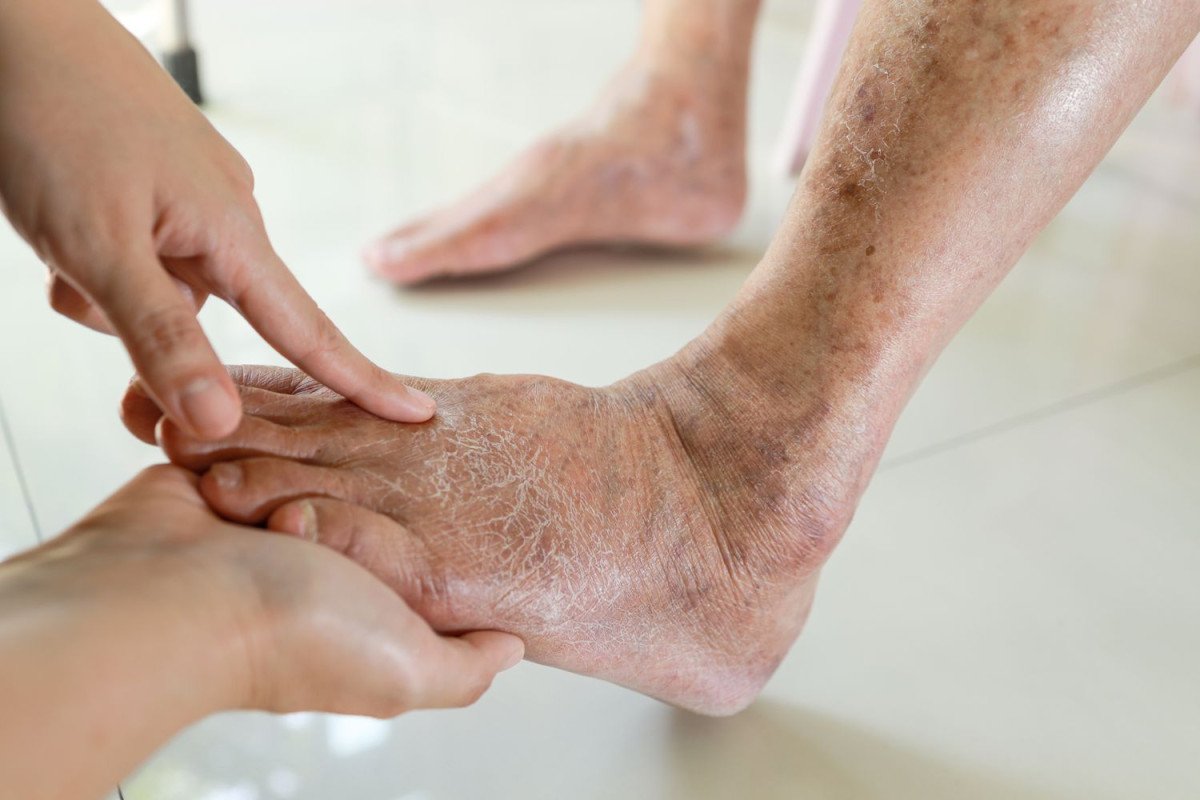Key Strategies for Managing Diabetic Foot Health: Crucial Tips to Avoid Complications
Florence, United States - February 20, 2024 / Palmetto State Surgical Podiatry Associates /
Living with diabetes comes with various challenges, one of which involves caring for your feet. Foot problems are common among people with diabetes and can lead to serious complications if not managed properly. In this article, we'll discuss essential guidelines for diabetic foot care to prevent complications and maintain overall foot health.
Understanding Diabetic Foot Problems
1. What is Diabetic Foot?
Diabetic foot refers to a group of foot problems that can arise as a result of diabetes. These problems include neuropathy, ulcers, infections, and poor circulation.
2. Causes of Diabetic Foot Problems
High blood sugar levels over time can damage nerves and blood vessels in the feet, leading to neuropathy and poor circulation. Additionally, diabetic individuals are more prone to foot infections due to compromised immune function.
Importance of Foot Care for Diabetics
3. Importance of Foot Care
Proper foot care is crucial for diabetics to prevent complications such as foot ulcers, infections, and even amputations. Regular foot checks and maintenance can help identify issues early on and prevent them from worsening.
4. Risks Associated with Poor Foot Care
Neglecting foot care can lead to various complications, including diabetic neuropathy, foot ulcers, infections, and ultimately, lower limb amputations. These complications can significantly impact quality of life and overall health.
Guidelines for Diabetic Foot Care
5. Daily Foot Inspection
Inspect your feet daily for any cuts, sores, blisters, or signs of infection. Use a mirror to check the bottom of your feet if necessary, or ask a family member for assistance.
6. Wash and Dry Your Feet
Wash your feet daily with lukewarm water and mild soap, making sure to dry them thoroughly, especially between the toes. Moisturize your feet, but avoid applying lotion between the toes to prevent fungal infections.
7. Trim Your Nails Carefully
Trim your toenails straight across and avoid cutting into the corners to prevent ingrown toenails. If you have difficulty trimming your nails, consider seeking professional assistance from a podiatrist.
8. Wear Proper Footwear
Choose shoes that fit well and provide adequate support and cushioning. Avoid wearing tight or ill-fitting shoes, as they can cause pressure points and increase the risk of developing foot ulcers.
9. Protect Your Feet
Avoid walking barefoot, even indoors, to prevent injuries. Always wear socks and shoes to protect your feet from sharp objects and extreme temperatures.
10. Maintain Good Blood Sugar Control
Keeping your blood sugar levels within the target range can help prevent nerve damage and improve circulation, reducing the risk of diabetic foot complications.
When to Seek Medical Attention
11. Signs of Infection
If you notice any signs of infection, such as redness, warmth, swelling, or drainage from a wound, seek medical attention immediately. Prompt treatment is essential to prevent the spread of infection.
12. Persistent Pain or Numbness
Persistent pain, numbness, or tingling in your feet could indicate nerve damage and should be evaluated by a healthcare professional.
13. Changes in Skin Color or Temperature
Changes in the color or temperature of your feet, as well as slow-healing wounds, should be assessed by a healthcare provider to prevent complications.
Conclusion
Proper foot care is essential for individuals living with diabetes to prevent complications and maintain overall foot health. By following these guidelines, you can reduce the risk of diabetic foot problems and enjoy an active, fulfilling lifestyle.
FAQs (Frequently Asked Questions)
1. Can diabetic foot problems be prevented?
Yes, diabetic foot problems can be prevented with proper foot care, including daily inspections, good blood sugar control, and wearing appropriate footwear.
2. How often should I have my feet checked by a healthcare professional?
It's recommended to have your feet checked by a healthcare professional at least once a year, or more frequently if you have a history of foot problems.
3. What should I do if I notice a foot ulcer or wound?
If you notice a foot ulcer or wound, clean it gently with mild soap and water, apply an antibiotic ointment, and cover it with a sterile bandage. Seek medical attention promptly.
4. Are there specific socks designed for diabetics?
Yes, there are specially designed diabetic socks that provide extra cushioning and support, as well as seamless construction to reduce the risk of irritation and pressure points.
5. How can I improve circulation in my feet?
To improve circulation in your feet, try gentle exercises such as walking or swimming, maintain a healthy weight, and avoid smoking, which can constrict blood vessels.

Contact Information:
Palmetto State Surgical Podiatry Associates
230 Cherokee Rd
Florence, SC 29501
United States
Misty Lee
(843) 773-6246
https://www.palmettostatepodiatry.com/
Original Source: https://palmettostatepodiatry.com/media-room/#/media-room


